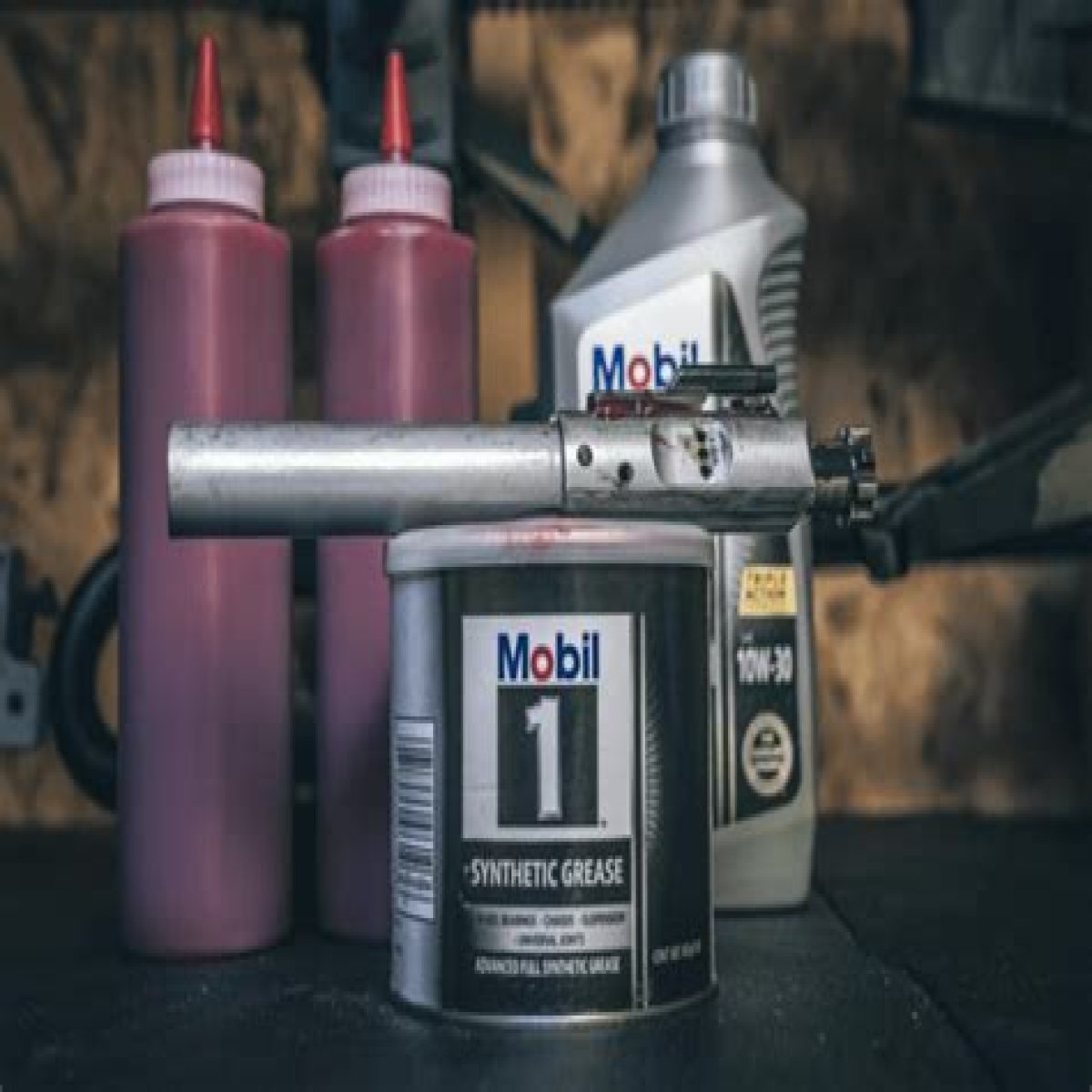In a world where convenience often trumps the natural, the idea of making your own lubricant can seem both daunting and liberating. However, understanding how to make homemade lubricant is not just about saving money; it's also about taking control of what goes on your body. With the rising awareness of the ingredients in commercial lubricants, many are turning to homemade options that are safer and more personalized. Homemade lubricants can cater to your specific needs, whether you're looking for something silky, slippery, or even infused with natural scents. The beauty of crafting your own lubricant lies in the ability to choose ingredients that are not only effective but also gentle on the skin, ensuring a pleasurable experience without fear of irritation or allergic reactions.
As you embark on this journey of creation, it's essential to understand the different types of lubricants and their properties. From water-based to oil-based options, each serves a unique purpose and has its benefits and drawbacks. Learning how to make homemade lubricant will empower you to customize your experience while keeping your health and safety in mind. So, whether you're exploring this for personal use or to enhance intimacy with a partner, you're in for an enlightening experience.
In this article, we will delve into the various methods and ingredients you can use to create your very own lubricant. We'll explore common questions, tips, and tricks to ensure that your homemade creation meets your expectations. So, let’s get started on this exciting venture into the world of homemade lubricants!
What Ingredients Do You Need to Make Homemade Lubricant?
Understanding the right ingredients is crucial when learning how to make homemade lubricant. Here are some common options you might consider:
- Water: A primary ingredient for water-based lubricants.
- Aloe Vera Gel: Known for its soothing properties, it adds a slippery texture.
- Coconut Oil: A popular choice for oil-based lubricants, offering a smooth glide.
- Vegetable Glycerin: Adds moisture and is a key ingredient in many homemade recipes.
- Essential Oils: For fragrance and additional benefits (make sure to choose skin-safe options).
How to Make Homemade Water-Based Lubricant?
If you're interested in a water-based option, here's a simple recipe to get you started:
- Mix 1 cup of water with 1 tablespoon of cornstarch in a saucepan.
- Heat the mixture over medium heat, stirring constantly until it thickens.
- Remove from heat and let it cool.
- Optional: Add a few drops of essential oil for fragrance.
Can You Use Oil as a Lubricant?
Many people wonder if they can use oil as a lubricant. The answer is yes, but with some precautions. Here's how to make homemade oil-based lubricant:
- Combine equal parts of coconut oil and sweet almond oil in a bowl.
- Mix thoroughly until well combined.
- Store in a clean, airtight container for future use.
Keep in mind that oil-based lubricants are not compatible with latex condoms, so use them with non-latex alternatives.
Are There Any Safety Precautions When Making Homemade Lubricant?
Absolutely! When exploring how to make homemade lubricant, it's essential to keep safety in mind:
- Always use high-quality, food-grade ingredients.
- Perform a patch test on a small area of skin to check for allergies.
- Store lubricants in a cool, dry place and use them within a reasonable timeframe.
How to Customize Your Homemade Lubricant?
Customization is one of the best parts of making your own lubricant! Here are some tips:
- Add a few drops of your favorite essential oil for a pleasant scent.
- Experiment with the thickness by adjusting the amount of cornstarch or glycerin.
- Infuse with herbs like chamomile for added soothing properties.
What Are the Benefits of Using Homemade Lubricants?
There are numerous benefits to using homemade lubricants:
- Control over the ingredients ensures safety and reduces the risk of irritation.
- Cost-effective compared to store-bought options.
- Personalized scents and textures tailored to your preferences.
How to Store Your Homemade Lubricant?
Proper storage is key to maintaining the quality of your homemade lubricant:
- Use airtight containers to prevent contamination.
- Label the containers with the date of creation.
- Store in a cool, dark place, and check for any changes in smell or texture before use.
Can Homemade Lubricants Be Used for All Activities?
While homemade lubricants can enhance many activities, it's essential to consider the type:
- Water-based lubricants are versatile and safe for most activities.
- Oil-based lubricants are great for massages but not for sex with latex condoms.
- Always check compatibility with toys and condoms to ensure safety and effectiveness.
Are There Any Alternatives to Homemade Lubricants?
If you're unable to make a homemade lubricant or prefer not to, there are plenty of alternatives available:
- Store-bought water-based lubes
- Silicone-based lubricants
- Organic lubricants available at health stores
In conclusion, learning how to make homemade lubricant is not just an empowering skill; it allows you to take control of your intimate experiences. With the right ingredients and knowledge, you can create a safe, effective, and pleasurable product tailored to your needs. Remember to prioritize safety, customize to your liking, and enjoy the exploration!
Unleashing Creativity: The Ultimate Gorilla Tag Name GeneratorUnderstanding Barbara O'Neill's Journey With Back PainDelo Fan Bus: A Journey Like No Other
